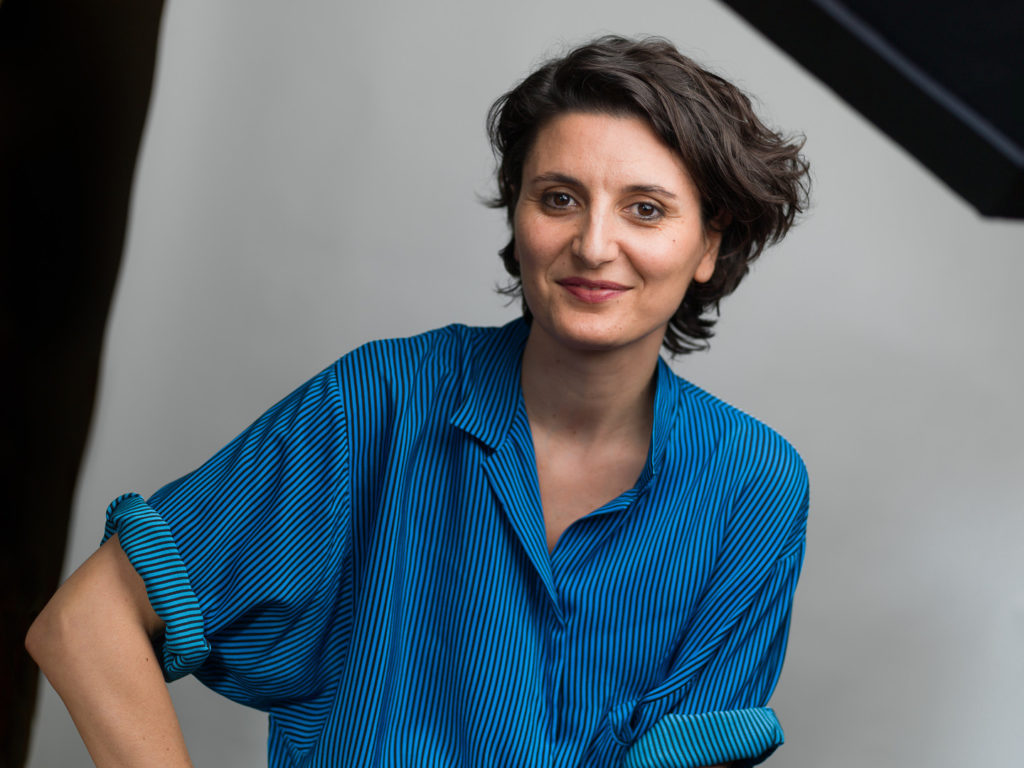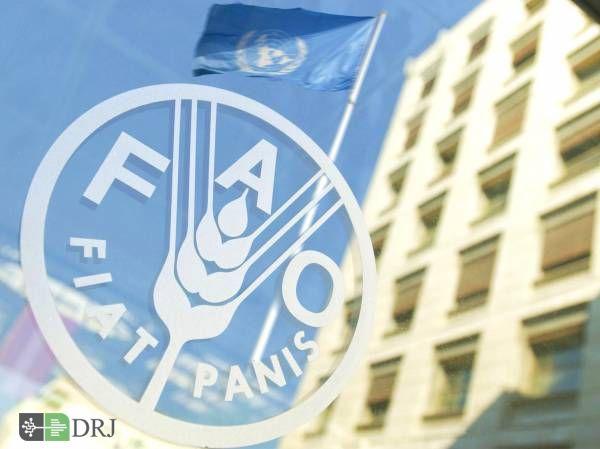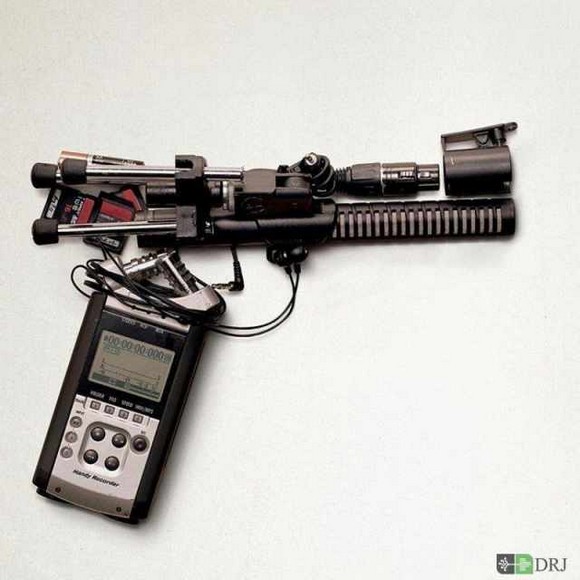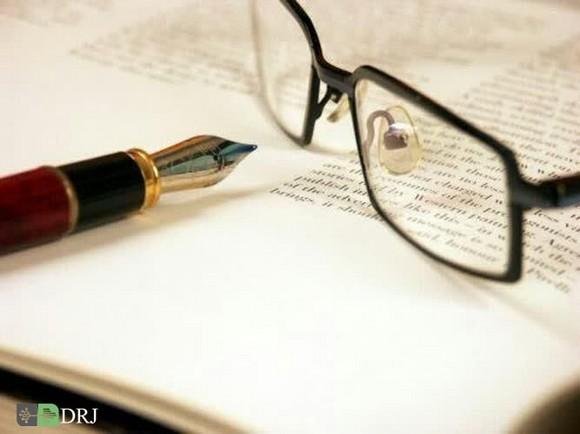On a recent visit to an Indigenous cultural center in Nova Scotia, Canadian politician Bill Casey found himself admiring an intricately embroidered robe. He was surprised to hear from a curator that what he was looking at was not the real thing, but a replica.
Held behind glass at the Millbrook Cultural and Heritage Centre near Truro, Nova Scotia, the stunning 19th-century Mi’kmaq regalia was a convincing facsimile of the original. The real regalia, however, is currently tucked away in a drawer at a museum in Melbourne, Australia.
Millbrook’s Mi’kmaq First Nation have been fighting to reclaim this unique piece of heritage for a decade. Their plight is familiar to many Indigenous communities in Canada and beyond. But now, for the first time, an unprecedented groundswell of support is growing to buttress their efforts.
A Global Shift
The push for restitution in Canada comes at a moment when long-held assumptions about the rightful ownership of cultural heritage are coming under renewed scrutiny worldwide. In Europe, French President Emmanuel Macron has promised to make restitution of French-owned African heritage a priority over the next five years, while Germany recently published guidelines on how to handle its own massive collections of colonial-era artifacts.
 http://news.artnet.com/app/news-upload/2018/06/30221493_941673482675366_1709705001682599936_n-150x150.jpg 150w, http://news.artnet.com/app/news-upload/2018/06/30221493_941673482675366_1709705001682599936_n-300x300.jpg 300w, http://news.artnet.com/app/news-upload/2018/06/30221493_941673482675366_1709705001682599936_n-32x32.jpg 32w, http://news.artnet.com/app/news-upload/2018/06/30221493_941673482675366_1709705001682599936_n-50x50.jpg 50w, http://news.artnet.com/app/news-upload/2018/06/30221493_941673482675366_1709705001682599936_n-64x64.jpg 64w, http://news.artnet.com/app/news-upload/2018/06/30221493_941673482675366_1709705001682599936_n-96x96.jpg 96w, http://news.artnet.com/app/news-upload/2018/06/30221493_941673482675366_1709705001682599936_n-128x128.jpg 128w, http://news.artnet.com/app/news-upload/2018/06/30221493_941673482675366_1709705001682599936_n-256x256.jpg 256w, http://news.artnet.com/app/news-upload/2018/06/30221493_941673482675366_1709705001682599936_n-434x434.jpg 434w" sizes="(max-width: 921px) 100vw, 921px">
http://news.artnet.com/app/news-upload/2018/06/30221493_941673482675366_1709705001682599936_n-150x150.jpg 150w, http://news.artnet.com/app/news-upload/2018/06/30221493_941673482675366_1709705001682599936_n-300x300.jpg 300w, http://news.artnet.com/app/news-upload/2018/06/30221493_941673482675366_1709705001682599936_n-32x32.jpg 32w, http://news.artnet.com/app/news-upload/2018/06/30221493_941673482675366_1709705001682599936_n-50x50.jpg 50w, http://news.artnet.com/app/news-upload/2018/06/30221493_941673482675366_1709705001682599936_n-64x64.jpg 64w, http://news.artnet.com/app/news-upload/2018/06/30221493_941673482675366_1709705001682599936_n-96x96.jpg 96w, http://news.artnet.com/app/news-upload/2018/06/30221493_941673482675366_1709705001682599936_n-128x128.jpg 128w, http://news.artnet.com/app/news-upload/2018/06/30221493_941673482675366_1709705001682599936_n-256x256.jpg 256w, http://news.artnet.com/app/news-upload/2018/06/30221493_941673482675366_1709705001682599936_n-434x434.jpg 434w" sizes="(max-width: 921px) 100vw, 921px">Portrait of Bill Casey, Liberal Member of Parliament for Cumberland-Colchester.
But former European colonies like Canada find themselves in a categorically different position. The so-called source communities asking for restitution are not an ocean away, but squarely within their own borders. Meanwhile, some of the contested items are held by foreign countries, creating a diplomatic and bureaucratic obstacle course. Arguably even more painful, other objects are in the collections of Canadian museums—visible but still out of reach for Indigenous communities.
Casey, who is a member of Canada’s federal parliament and represents Millbrook, was deeply affected by his visit to the cultural center. Since then, he has set out to help create a national strategy to help Indigenous peoples get their objects back, both from foreign nations and institutions within Canada’s own borders.
This February, he introduced a bill called the Aboriginal Cultural Property Repatriation Act (also known as Bill C-391) that aims to clear a smoother path for repatriation. The bill was unanimously voted forward through two rounds, most recently on June 7. Now, it will go to a Standing Committee on Indigenous and Northern Affairs for further study. There is still a long way to go before it becomes law, but it’s off to a promising start. Parliament will debate the bill this autumn.
“From talking with many Indigenous stakeholders, I know that this strategy that would obtain artifacts being held in foreign museums and bring them back to Canada is long overdue,” Casey said after the vote in early June in the House of Commons. “For many Indigenous communities, the ceremonial artifacts that were removed by explorers over the centuries are a keenly missed part of their cultural heritage and identity.”
A Surprise Bill
When news first broke about Bill C-391 earlier this year, it caught several in the museum world off guard. “This bill, C-391, frankly came as a total surprise to us,” said John McAvity, the executive director and CEO of the Canadian Museums Association, which advocates for the museum sector in Canada. “It’s a well-meaning piece of legislation, but not really necessary as Canadian museums have been repatriating artifacts for over 35 years.”
Indeed, museums including Chicago’s Field Museum and the BC Royal Museum in Canada have repatriated objects to Canadian Indigenous communities over the years. But the new bill seeks to establish a national support system to make these requests more feasible for Indigenous communities, in part by providing funding for the transfer and storage of objects.
McAvity says he supports the bill overall and believes it will empower communities to gain access to their own cultural heritage. But he also points out the need for certain amendments. For one, he notes, human remains are not currently included in the list of qualifying objects, even though they are very often a top priority for repatriation.
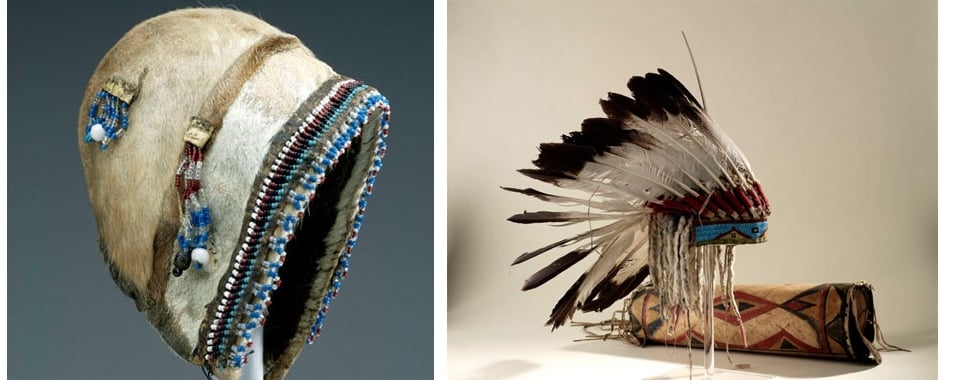 http://news.artnet.com/app/news-upload/2018/06/clipboard0-horz-300x120.jpg 300w, http://news.artnet.com/app/news-upload/2018/06/clipboard0-horz-50x20.jpg 50w" sizes="(max-width: 953px) 100vw, 953px">
http://news.artnet.com/app/news-upload/2018/06/clipboard0-horz-300x120.jpg 300w, http://news.artnet.com/app/news-upload/2018/06/clipboard0-horz-50x20.jpg 50w" sizes="(max-width: 953px) 100vw, 953px">Left: A child’s summer bonnet acquired by Robert J. Flaherty, part of the ROM’s First People’s Gallery. R: The War Bonnet and Case belonging to Sitting Bull, Lakota Sioux chief. Images courtesy of the Royal Ontario Museum.
Where Did the Artifacts Go?
So how, exactly, did Indigenous cultural property end up leaving the hands of its creators and landing in museums?
While some objects may have been legitimately purchased or donated, others are alleged to have been illegitimately confiscated by Canadian officials. From 1885 to 1951, the federal government banned potlach ceremonies—rituals practiced by Indigenous people in the Northwest to mark important events—in an effort to compel Indigenous people to assimilate and restrict their cultural expression. In the case of the notorious Cranmer potlach in 1921, officials arrested 45 potlach participants and swept up many important cultural objects in the process.
Over the years, artifacts from these ceremonies, including ritual clothing and dancing masks, ended up in museums including the Canadian Museum of History in Ottawa and the Royal Ontario Museum in Toronto.
“These important cultural objects were taken or stolen under our colonial regime’s disguise of superiority of ‘cultural preservation,'” a spokesman for Canadian Heritage Minister Mélanie Joly told CBC in response to Casey’s legislation.
Despite a growing willingness to address the issue, however, deep divisions about restitution remain, and a number of highly contested requests remain unresolved. The National Museum of Scotland in Edinburghholds the human remains of the last two members of Canada’s Beothuk tribe, APTN News reported last December.
 http://news.artnet.com/app/news-upload/2018/06/1024px-Museum_of_Scotland-300x224.jpg 300w, http://news.artnet.com/app/news-upload/2018/06/1024px-Museum_of_Scotland-50x37.jpg 50w" sizes="(max-width: 1024px) 100vw, 1024px">
http://news.artnet.com/app/news-upload/2018/06/1024px-Museum_of_Scotland-300x224.jpg 300w, http://news.artnet.com/app/news-upload/2018/06/1024px-Museum_of_Scotland-50x37.jpg 50w" sizes="(max-width: 1024px) 100vw, 1024px">The Museum of Scotland in Edinburgh. Image courtesy of Wikimedia Commons.
Though the Beothuk slowly died out following European colonization, other local Indigenous community members in the region have been actively trying in vain to reclaim the remains. National Museums Scotland, which now oversees the collection, has said it would only consider a request from Canada’s federal government.
Finally, Canada submitted an “official” request in 2016, but the matter remains unresolved. As of this writing, the remains of Demasduit and her husband, a chief named Nonosabasut, as well as 10 burial items removed from graves, remain stored in the Scottish capital. The Scottish Museums Association has argued against restitution, in part because there are no living Beothuk descendants.
A Long Road
McAvity, the Canadian Museums Association director, remembers when he first heard the word “cultural repatriation.” It was at a Canadian museums conference on the West Coast in the 1970s. “A lone woman from the Haida Nation stood up and talked about repatriation,” he recalled. The room fell silent. “Most of us had never heard the word or concept before. It was a defining moment for me.”
Much has changed since then. The current conversation is part of a much broader discussion in Canada about the federal government’s need to make amends to Indigenous communities.
In 2008, Canada established the landmark Truth and Reconciliation Commission which, in 2015, released 94 calls to action to bring restorative justice to Indigenous peoples. From the 1880s to the end of the 20th century, the Canadian government operated a brutal residential school system that separated Indigenous children from their parents for extended periods and sought to “‘kill the Indian in the child,'” as Canada’s former Prime Minister Stephen Harper put it in an official apology in 2008.
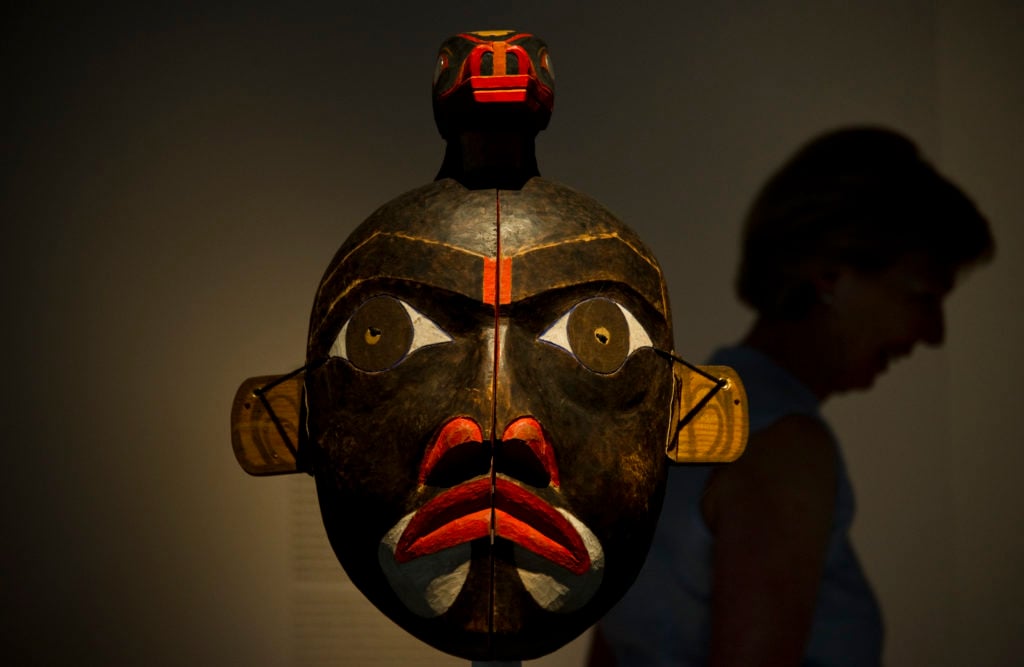
A mask of the Kwakiutl, a native American clan on the West coast of Canada on display in the Humboldt Box museum in Berlin. Photo: JOHN MACDOUGALL/AFP/Getty Images.
A call to action targeted at museums seeking a national review of current policies and practices to determine their compliance with the United Nations’ 2007 Declaration on the Rights of Indigenous Peoples; In response, the Canadian Museums Association initiated a 15-member working group this May with key members from its national museums and Indigenous cultural institutions.
“What we’re dealing with is one of the steps in reconciliation of the residential school experience and all of the ways in which heritage and knowledge were denied to Indigenous communities, or how the transmission of culture and traditional knowledge from generation to generation was interrupted. That is really the heart of this whole discussion,” says Sarah Pash, the executive director at Aanischaaukamikw Cree Cultural Institute and a member of the working group who also sits on the Canadian Museums Association’s board.
Over the next three years, the task force will tackle a range of Indigenous art-related issues, including restitution. Casey’s bill is also on the table for consideration.
“For years, restitution was a no-no word in the museum language,” says McAvity. “This is changing fast, and it is about time for this new reality.”
A New Conversation Emerges
In recent years, Canadian museums have been working increasingly closely with Indigenous communities. But Pash says institutions must be careful to let Indigenous people take the lead on restitution-related matters, particularly in cases where their elders have specialized knowledge that can help retrace objects’ lost ownership histories.
 http://news.artnet.com/app/news-upload/2018/06/1024px-First_Nations_Exhibit_-_Royal_BC_Museum_-_Victoria_BC_-_Canada-300x200.jpg 300w, http://news.artnet.com/app/news-upload/2018/06/1024px-First_Nations_Exhibit_-_Royal_BC_Museum_-_Victoria_BC_-_Canada-50x33.jpg 50w" sizes="(max-width: 1024px) 100vw, 1024px">
http://news.artnet.com/app/news-upload/2018/06/1024px-First_Nations_Exhibit_-_Royal_BC_Museum_-_Victoria_BC_-_Canada-300x200.jpg 300w, http://news.artnet.com/app/news-upload/2018/06/1024px-First_Nations_Exhibit_-_Royal_BC_Museum_-_Victoria_BC_-_Canada-50x33.jpg 50w" sizes="(max-width: 1024px) 100vw, 1024px">First Nations Exhibit at Royal BC Museum, Victoria , Canada. Photo Adam Jones via Wikimedia Commons.
Advocates argue that one of the most important parts of the bill is the proposed financial support that would enable communities to establish storage facilities or cultural institutions to house their own artifacts. McAvity notes that in that past, some communities have opted not to pursue restitution simply because they were unable to safely preserve the objects.
Still, others worry that increased funding could turn the current stream of repatriation requests into a flood. If the bill were to pass, would Canada’s museums end up empty? No, says McAvity. On the contrary, the law would likely result in the creation of more museums—ones run by Indigenous communities who have expertise in their own histories.
“Our treasures are family,” the artist and educator Lou-ann Ika’wega Neel, who has recently been appointed a repatriation specialist at the Royal British Columbia Museum in Victoria, tells artnet News. “To know that our family is being stored away in museum cases or in basements or attics in far away lands has always been heartbreaking.” (The Royal Museum, for one, owns several objects that were confiscated from potlach ceremonies in the early 20th century.)
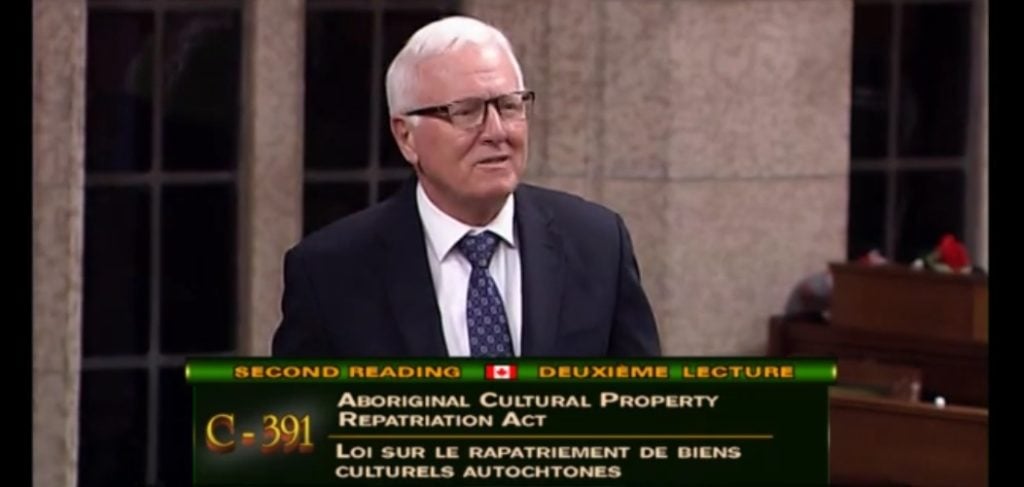 http://news.artnet.com/app/news-upload/2018/06/scshot-1-300x143.jpg 300w, http://news.artnet.com/app/news-upload/2018/06/scshot-1-50x24.jpg 50w, http://news.artnet.com/app/news-upload/2018/06/scshot-1.jpg 1053w" sizes="(max-width: 1024px) 100vw, 1024px">
http://news.artnet.com/app/news-upload/2018/06/scshot-1-300x143.jpg 300w, http://news.artnet.com/app/news-upload/2018/06/scshot-1-50x24.jpg 50w, http://news.artnet.com/app/news-upload/2018/06/scshot-1.jpg 1053w" sizes="(max-width: 1024px) 100vw, 1024px">Bill Casey speaking during the Second Reading for Bill C-391, the Aboriginal Cultural Property Repatriation Act. Image courtesy of Bill Casey via Facebook.
In her new role, Neel has developed an intriguing idea. She suggests that Indigenous Nations artists create replicas of cultural objects for Canadian museums as the originals are returned to their respective communities.
“These replicas could remain with museums along with much more information, so they can continue to serve as educational tools for people of all cultures,” Neel says. “[Visitors] will know that we are not a dead or dying culture. We are still here.”
In recent months, the Australian ambassador to Canada has reached out to Casey, the Canadian politician, about the contested Mi’kmaq regalia that inspired his new bill. The goal is to establish a plan to repatriate the robe as soon as possible.
The post People Across the Globe Want Their Cultural Heritage Back. Canada May Offer a Blueprint For How to Get There appeared first on artnet News.
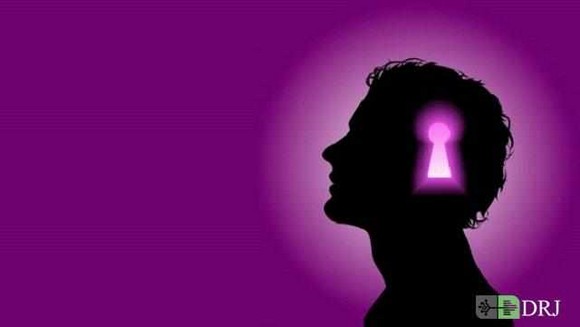
ایده ها برای استارت آپ موجب رونق کسب و کارهای اینترنتی
آینده / استارت آپ

استارتآپها ادبیات بازار سرمایه را بلدند؟
استارت آپ
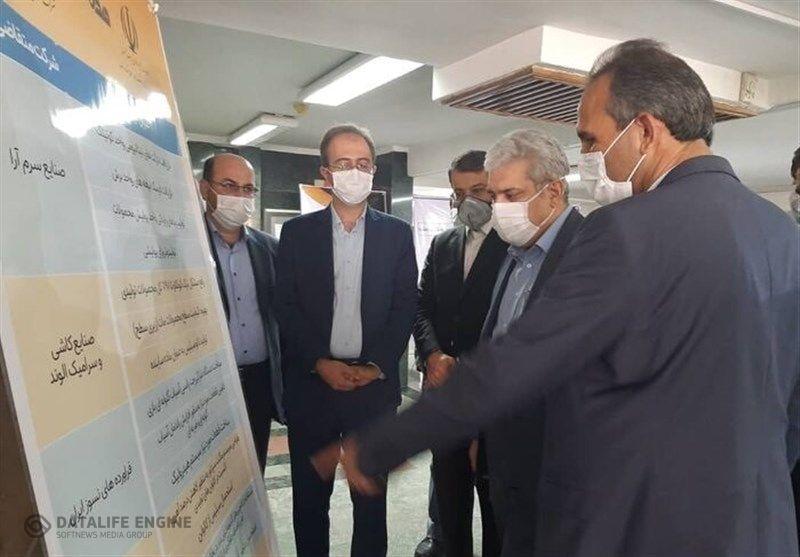
صدور تاییدیه دانش بنیانی شتابدهنده صدر فردا
اخبار / استارت آپ
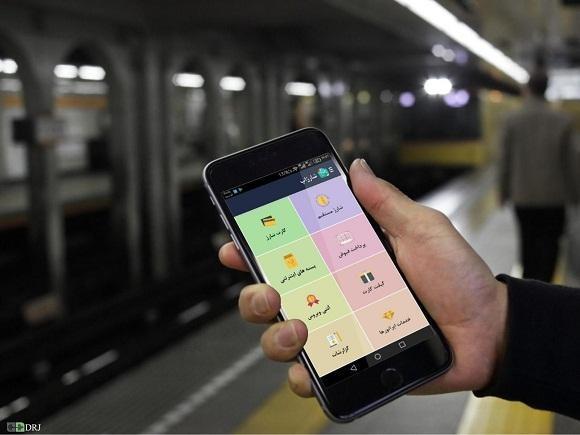
اپلیکیشن شارژاپ
گوناگون / استارت آپ / رپرتاژ آگهی / بازتاب
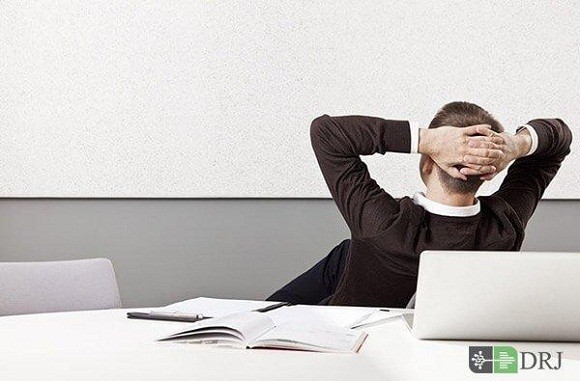
جذابترین ایدههای B2B در سال 2020
استارت آپ

تعریف استارت آپ startup
دانشنامه / استارت آپ / مقاله

۱۰ استارتاپ که بدون سرمایه به سوددهی رسیدند
استارت آپ

ایده ها و پیشنهاد برای استارت آپ در سال جدید
راهکارها و ترفند ها / استارت آپ
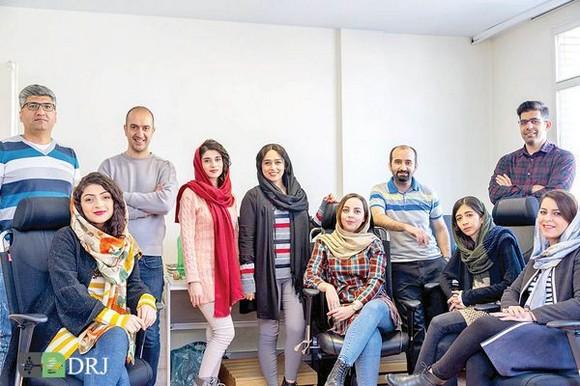
استارتآپ ایرانی؛ مرجع اول زنان افغان
استارت آپ

شروع یک کسب و کار نوپا پلتفرمی
استارت آپ

برنامه شبکه اجتماعی تیندر
گوناگون / معرفی وب سایت / استارت آپ
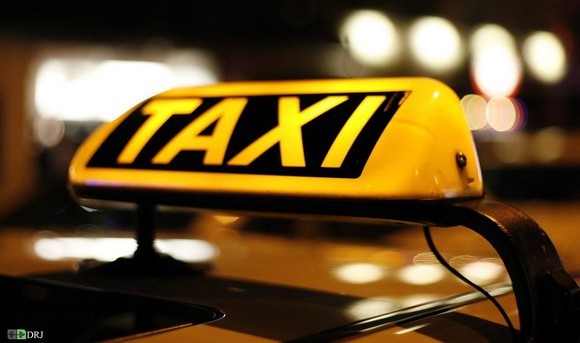
10 استارت آپ برتر تاکسیرانی جهان
استارت آپ

پخت پیتزاهای هیجان انگیز با هوش مصنوعی
آینده / استارت آپ
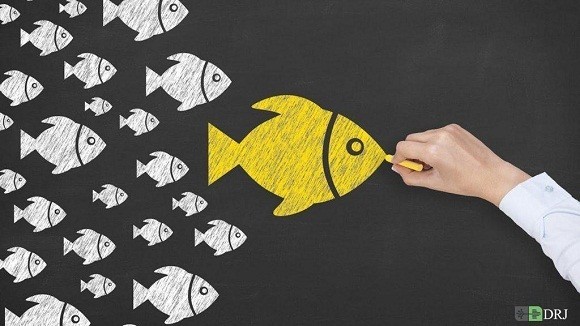
ایده های استارتاپی فراموش شده
دورنما / بازار / استارت آپ

اپل، استارتاپ فناوری خودران Drive.ai را تصاحب کرد
استارت آپ
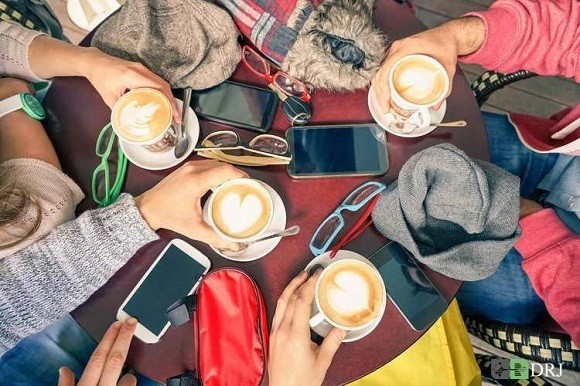
بررسی مهمترین چالشهای تیمهای استارتاپی
استارت آپ
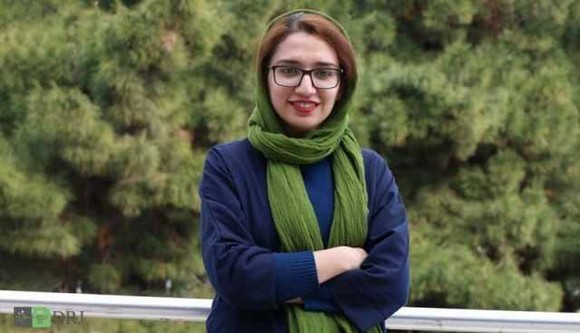
نگرانی کاربران از هزینه تعمیر و تامین قطعات
گفت و گو / بازار / استارت آپ
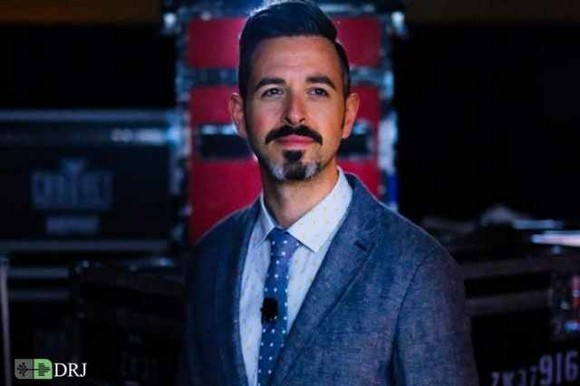
مصاحبه با مدیرعامل و بنیانگذار استارتاپ Moz
گفت و گو / استارت آپ

آشنایی با استارت آپ های حوزه مدیریت آب
استارت آپ

راه اندازی ۷۰ استارت آپ توسط نخبگان ایرانی
استارت آپ

معرفی هشت استارتآپ موفق ایرانی در حوزه فینتک
استارت آپ

اولین مرورگر شرعی دنیا
استارت آپ
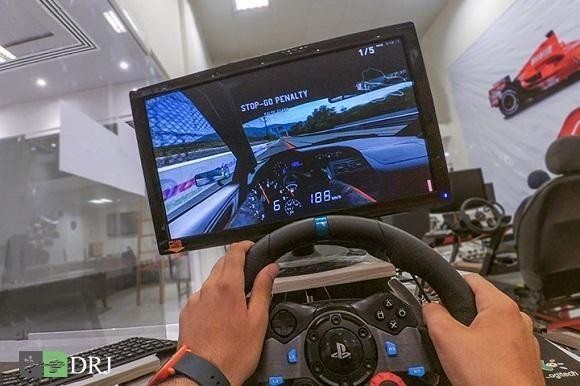
از صفر تا پیست
استارت آپ

معرفی برترین استارتاپهای CES 2019
اخبار / استارت آپ
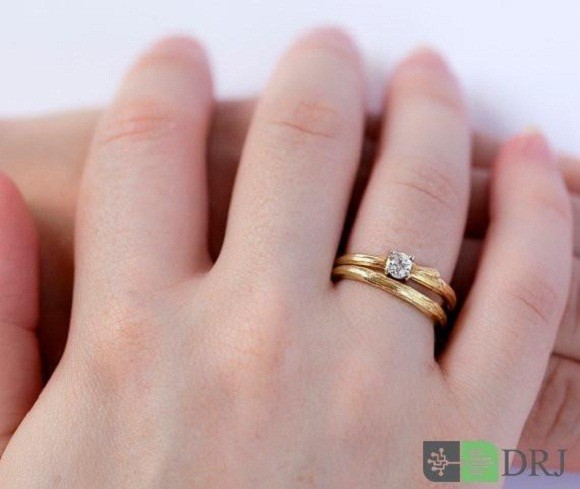
ازدواج با فرد ثروتمند یا خوش اخلاق
سبک زندگی / برترین ها
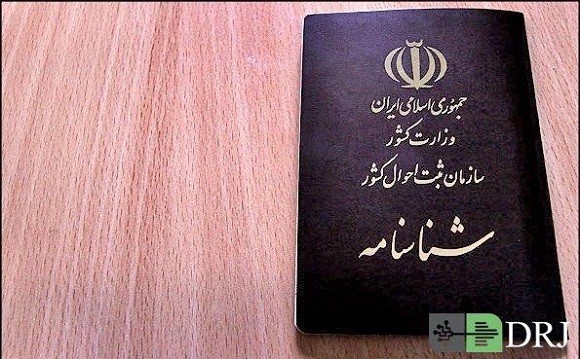
هدف از تشکیل خانواده چیست
سبک زندگی
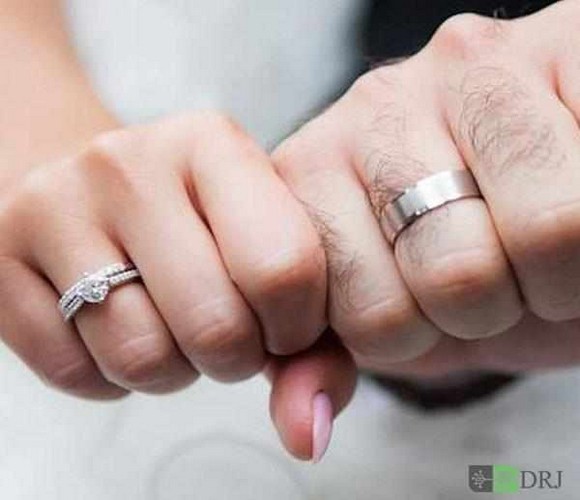
اول عاشق شویم، بعد ازدواج کنیم
سبک زندگی

خانواده چیست
سبک زندگی

مشاوره خانواده چیست؟
سبک زندگی

اولویتهای پسانداز خانواده چیست؟
سبک زندگی

هزینه های خانواده چیست؟
سبک زندگی

راهکار بیشتر حرف زدن اعضای خانواده چیست؟
سبک زندگی

چرخه زندگی و خانواده چیست؟
سبک زندگی

اهداف و اصول تشکیل خانواده
سبک زندگی
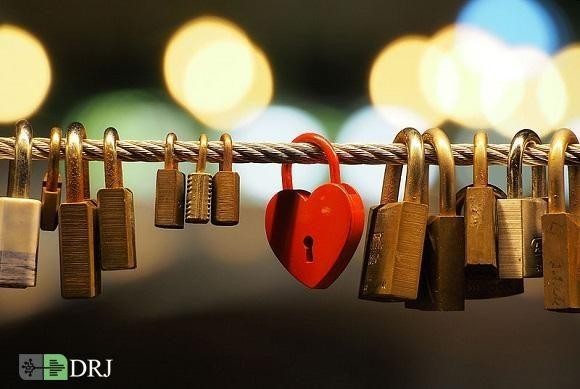
آموزش جنسی نادرست به سبک خانم جلسه ای
سبک زندگی
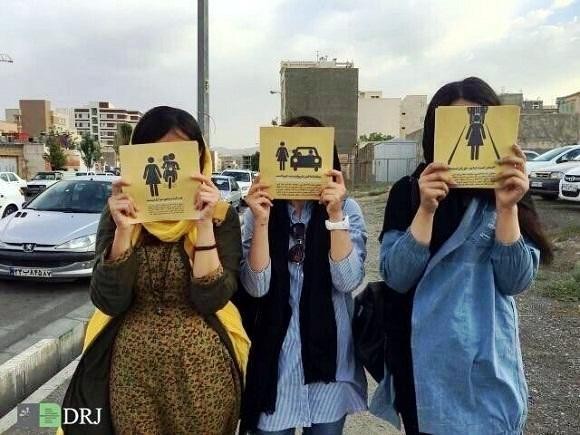
لطفا تماشاچی آزار زنان نباشید!
سبک زندگی
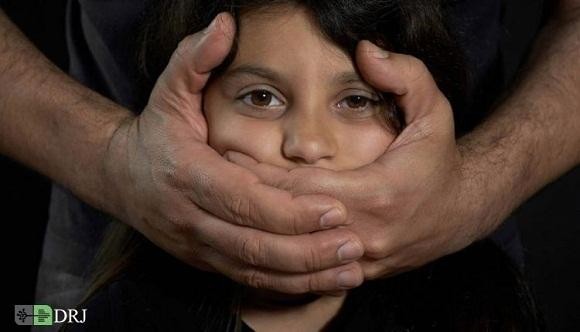
کودک آزاری؛ از نشانهها و دلایل تا درمان
گزارش / سبک زندگی / پرورش کودکان

روش های تعیین هدف و مسیر زندگی برای رسیدن به موفقیت
سبک زندگی
مجله اینترنتی دیپروتد نشریه مجازی بر بستر اینترنت به مسائل آموزشی و مقالات پیرامون کسب وکار های نوپا یا استارت آپ ها و سبک زندگی است فعالیت و محتوای مطالب ارائه شده در سایت همه بیشتر در حوزه مدیریت، کارآفرینی ، روانشناسی ،اقتصادی و فناوری اطلاعات است نام اصلی دیپروتد "ریشه های عمیق " با مجوز رسمی از هیات نظارت برمطبوعات مشغول به فعالیت است
ما را در شبکه های اجتماعی دنبال کنید
تمامی حقوق برای سایت فوق محفوط است.
S-TECH: ایرانی توانمند | Powered by: مجله اینترنتی دیپروتد